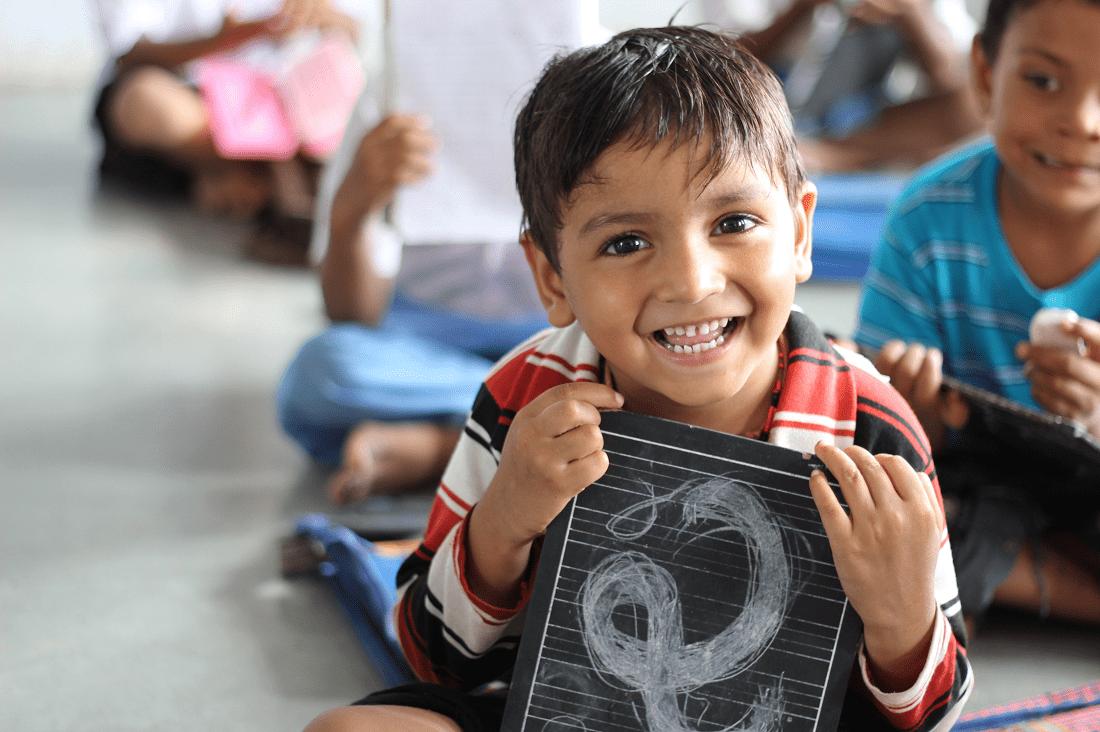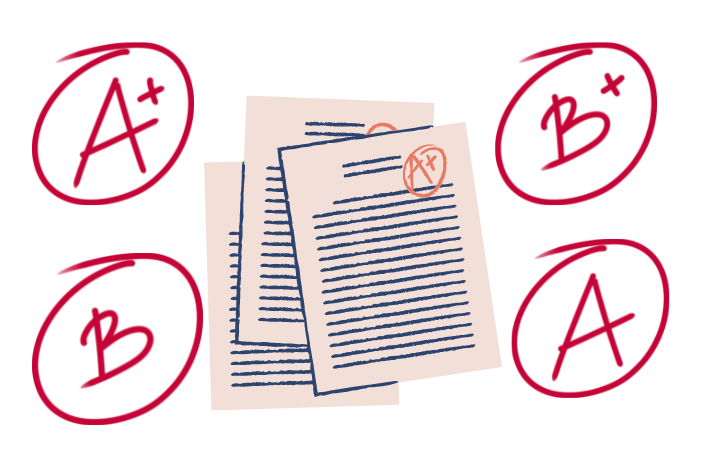Education System in India: Good or Bad
One of my friend’s parents were always very curious about the education system in India.
As successful professionals in the healthcare industry, they had always placed a strong emphasis on education and the importance of gaining knowledge and skills.
So, when they heard about the National Education Policy (NEP) 2020 and the various initiatives being introduced to improve the education system in India, they were eager to learn more.

One evening, when I was at my friend’s home, I overheard them talking about the same subject with a visitor.
I realized that they didn’t know much about the education system in India beyond their own experiences.
They were particularly curious about the changes being introduced under the NEP, and how these changes would impact the education of their children and future generations.
Now it seemed they actually wanted to know whether the Indian Education System is good or bad.
I suggested them to speak to my dad who spent 17 years of his professional life in educating people and below is what we all got to learn from him.
Introduction of the Right to Education Act India, 2009, what is its significance?
The Right of Children to Free and Compulsory Education Act, also known as the Right to Education (RTE) Act.
This act is a legislation passed by the Parliament of India in 2009.
This act mainly guarantees the right to free and compulsory education to children aged 6 to 14 years in India.
The Act is based on Article 21A of the Indian Constitution.
It states that “the State shall provide free and compulsory education to all children of the age of six to fourteen years in such manner as the State may, by law, determine.”
The RTE Act aims to provide quality education to all children in India, irrespective of their socio-economic background.
It aims to bridge the gap between children from disadvantaged and privileged backgrounds
It also ensures that all children have equal opportunities to receive an education.
Under the RTE Act, private schools are also required to reserve at least 25% of their total capacity for children from economically weaker sections and disadvantaged groups, and provide free education to these children.
The Act also requires schools to adhere to certain standards and norms, including pupil-teacher ratios, infrastructure, and teacher qualifications.

The implementation of the RTE Act has faced some challenges, including inadequate funding and infrastructure, and a shortage of trained teachers.
However, it has also led to significant improvements in access to education for many children in India.
Introduction of the National Education Policy (NEP) India, 2020, what is it all about?
The National Education Policy (NEP) 2020 is a comprehensive policy document that outlines the vision and goals for the education sector in India.
The NEP replaces the previous National Policy on Education (NPE), which was formulated in 1986 and modified in 1992.
The NEP 2020 is based on the principles of “access, equity, quality, affordability, and accountability“.
It also aims to provide inclusive and equitable education for all children in India.
It emphasizes the need to focus on the holistic development of the child, including their physical, cognitive, emotional, and social development.
Some key features of the NEP 2020 include:
A focus on early childhood care and education (ECCE)
The NEP emphasizes the importance of providing quality ECCE to children aged 3 to 6 years, and aims to increase the enrollment of children in this age group in ECCE programs.
A flexible and multidisciplinary curriculum
The NEP proposes a flexible and multidisciplinary curriculum that focuses on critical thinking, problem-solving, and creativity, rather than rote learning.
It also promotes the teaching of multiple languages and the inclusion of local and indigenous knowledge in the curriculum.
That said, majority of the people in India want to learn English speaking and thus the people over here prefer English as a mode of instructions.

A shift towards vocational and skill-based education
The NEP emphasizes the need for vocational and skill-based education, and aims to increase the number of vocational education and training (VET) programs in schools and colleges.
The introduction of “multi-lingual education”
The NEP promotes the use of the mother tongue or local language as the medium of instruction at the primary level.
It is being done with the aim of improving learning outcomes and reducing the dropout rate.
A focus on teacher education and development
The NEP emphasizes the importance of teacher education and professional development, and aims to improve the quality and status of teaching as a profession.
Overall, the NEP 2020 aims to transform the education system in India and provide all children with the skills and knowledge they need to succeed in the 21st century.
The purpose of introducing online and distance learning, in India?
Online and distant learning refer to education programs that are delivered remotely, using digital technologies such as the internet, video conferencing, and other forms of digital communication.
These programs allow students to access course materials, communicate with their instructors and classmates.
Moreover, it allows students to participate in online conversations and assignments from any location, without having to be physically present in class.
In recent years, online and distant learning programs have gained popularity in India owing to their convenience and flexibility.

These programs are often designed to cater to the needs of working professionals and students.
Specially who are unable to attend typical classroom programs because to reasons such as distance, financial restraints, or family commitments.
Online and distance learning programs in India are offered by a variety of institutions, including universities, colleges, and private institutes.
These programs typically follow the same curriculum and standards as traditional classroom-based programs.
However, the students are required to complete assignments, exams, and other assessments in order to earn credits or degrees.
Online and distance learning programs have the potential to increase access to education for students who may not have the opportunity to attend traditional classroom-based programs.
However, they also have some challenges, such as the need for a reliable internet connection, a lack of face-to-face interaction with instructors and classmates, and the need for self-motivation and discipline to complete coursework on time.
What is grading system in India all about?
In India, the grading system is a system used to evaluate the academic performance of students and assign them grades.
Mainly these grades are based on their scores on exams and other assessments.
The grading system is typically used in schools and universities to determine the grades that students receive for their courses, and to calculate their overall grade point average (GPA).

The grading system in India usually follows a standardized scale, with grades ranging from A+ (excellent) to F (fail). Each grade is typically assigned a numerical value, which is used to calculate the student’s GPA.
The GPA is a measure of a student’s overall academic performance.
This is often used by universities and employers to assess the academic potential of a student.
The Indian grading system has been criticized for being too competitive and emphasizing exam scores.
It is thus not focused on other areas of a student’s education, such as critical thinking, problem-solving, and communication skills.
Reforming the grading system to make it more inclusive and less exam-focused has been demanded by several educators and policymakers.
See How I Can Massively Change Your English Speaking Skills!
Are you looking to improve your English speaking skills? Look no further! Our English speaking course is designed to help you communicate effectively and confidently in a variety of settings. I will guide you through interactive lessons and activities that will help you improve your pronunciation, vocabulary, and overall fluency.
Whether you are a beginner or have some experience with the language, our course is tailored to meet your specific needs and goals. Sign up today and take the first step towards speaking English like a pro!

Main objectives of introducing vocational training in India
Vocational training in India refers to education and training programs that focus on providing students with the skills and knowledge needed to pursue a specific trade, occupation, or profession.
Vocational training programs are typically shorter in duration than traditional academic programs.
As well as these training programs are designed to prepare students for employment in a specific field.
Vocational training programs in India are offered by a variety of institutions, including vocational schools, polytechnics, and technical institutes.
These programs cover a wide range of fields, including engineering, healthcare, hospitality, agriculture, and other trades and professions.
Vocational training programs in India are typically focused on providing hands-on training and practical skills, rather than theoretical knowledge.

Students enrolled in these programs have the opportunity to gain practical experience through internships and on-the-job training.
This practical experience helps them to develop the skills needed to succeed in the workforce.
Vocational training programs are an important part of the education system in India.
They provide students with the skills and knowledge needed to pursue meaningful careers and contribute to the economy.
Vocational training programs have, however, also encountered significant difficulties, such as a lack of funds and poor infrastructure.
It has thus reduced their usability and efficiency.
So what is the conclusion? Is the Indian Education System Good or Bad?
We cannot pick one between the two as it has undergone significant changes and developments in recent years.
It featured the implementation of fresh programs and initiatives such the Right to Education Act (2009) and the National Education Policy (NEP) 2020.
Moreover, we even witnessed the expansion of online and distance learning programs.
These developments sought to widen educational access, raise educational standards, and get students ready for the 21st century.
However, India’s education system has experienced several obstacles.
A few examples are a lack of funding, a teacher shortage, and a preference on exam results above holistic development.
Despite these obstacles, India’s education system continues to be crucial in determining the nation’s and its citizens’ futures.



